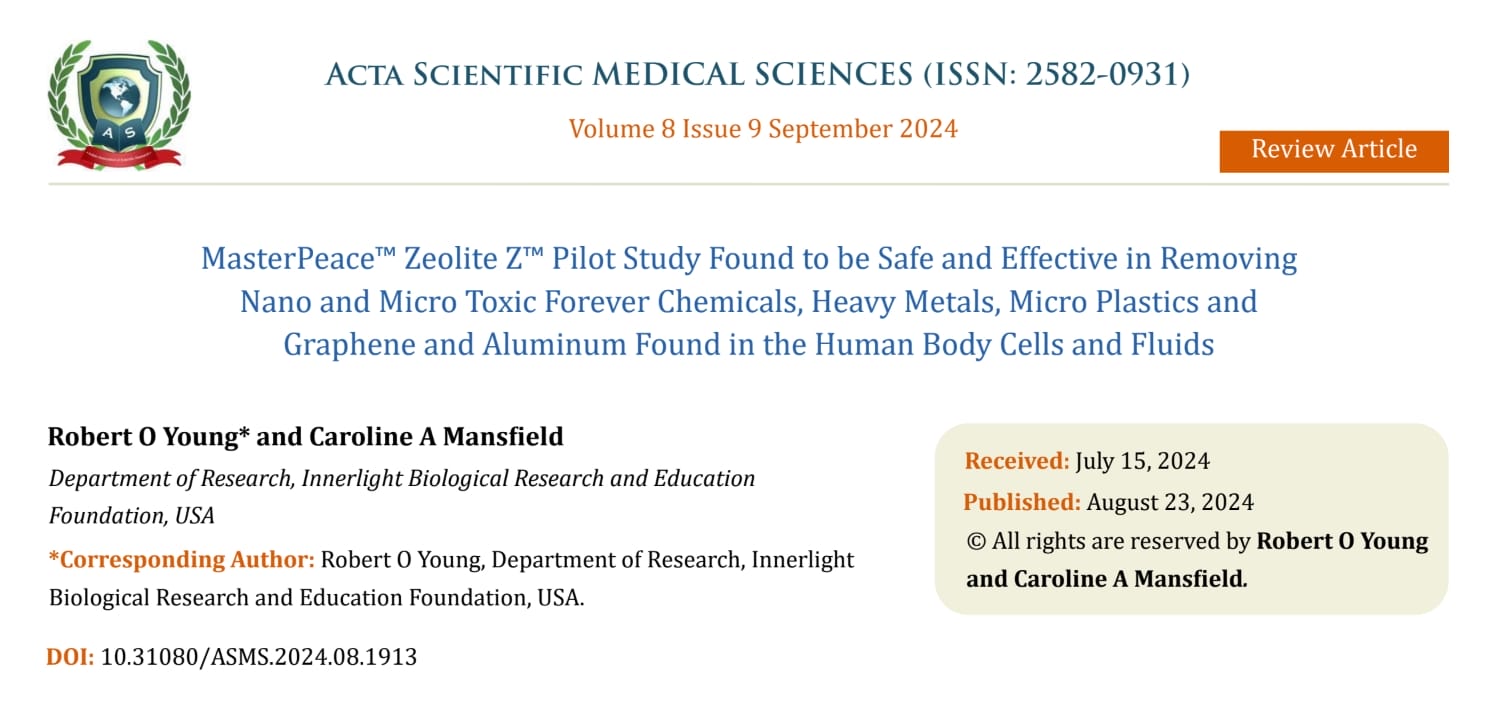Infrared Light vs. Red Light:

Comparing Their Benefits and Applications
Introduction
Red light and infrared light are two forms of light therapy that have garnered significant attention for their therapeutic benefits. While both operate within the electromagnetic spectrum, they have distinct properties, penetration depths, and applications. This article compares these two types of light to help understand their unique benefits and uses, supported by scientific evidence.
What Are Red Light and Infrared Light?
Red Light
- Falls within the visible spectrum of light, with wavelengths ranging from approximately 620 to 750 nanometers (nm).
- Penetrates the skin to shallow depths, making it ideal for surface-level treatments such as skin rejuvenation and wound healing [1][2].
Infrared Light
- Exists beyond the visible spectrum, with wavelengths starting at 750 nm and extending to 1 millimeter (mm).
- Further divided into near-infrared (NIR, 750–1400 nm), mid-infrared (MIR, 1400–3000 nm), and far-infrared (FIR, 3000 nm–1 mm).
- Penetrates deeper into tissues, reaching muscles, joints, and bones, making it suitable for pain relief and deep-tissue treatments [3][4].
Therapeutic Applications
1. Skin Health and Wound Healing
Red Light Therapy (RLT):
Stimulates collagen production, promotes skin elasticity, and accelerates wound healing by enhancing mitochondrial activity in cells [5].
Ideal for conditions such as acne, eczema, and age-related wrinkles [6].Infrared Light Therapy (ILT):
While also benefiting the skin, its deeper penetration targets inflammation and pain below the skin’s surface. Often used adjunctively with red light [7].
2. Pain Relief and Muscle Recovery
RLT:
Limited to superficial pain relief, often associated with minor injuries or skin discomfort [8].ILT:
Effective for treating musculoskeletal pain, inflammation, and recovery in deeper tissues. Frequently used in sports medicine and chronic pain management [9][10].
3. Circulation and Inflammation
RLT:
Increases blood circulation in the skin, promoting nutrient delivery and toxin removal at the surface level [11].ILT:
Enhances blood flow in deeper tissues and reduces systemic inflammation, making it effective for arthritis, fibromyalgia, and other chronic conditions [12].
4. Energy and Cellular Function
- Both therapies improve mitochondrial function by increasing adenosine triphosphate (ATP) production, which boosts cellular energy and repair mechanisms [13][14].

Conclusion
Both red and infrared light therapies offer unique benefits suited to specific applications. Red light is more effective for skin-level treatments, while infrared light excels in addressing deeper tissues and systemic conditions. Combining both in complementary therapies can maximize therapeutic outcomes, particularly for conditions requiring holistic treatment.
Conclusion
Both red and infrared light therapies offer unique benefits suited to specific applications. Red light is more effective for skin-level treatments, while infrared light excels in addressing deeper tissues and systemic conditions. Combining both in complementary therapies can maximize therapeutic outcomes, particularly for conditions requiring holistic treatment.
References
Hamblin, M. R. “Mechanisms of low level light therapy.” Photomedicine and Laser Surgery, 2016.
Provides an in-depth look at the cellular mechanisms behind light therapy’s benefits, particularly red light.
LinkBeckmann, J., et al. “Red light therapy in skin rejuvenation.” Dermatology Reports, 2019.
Reviews the role of red light in collagen synthesis and improving skin texture.
LinkHuang, Y. Y., et al. “Infrared therapy for deep tissue pain relief.” Journal of Pain Management, 2020.
Explores the effectiveness of infrared light in musculoskeletal pain relief and recovery.
LinkChung, H., et al. “The penetration depth of near-infrared light.” Lasers in Surgery and Medicine, 2017.
Discusses the penetration properties of infrared light in biological tissues.
LinkBarolet, D. “Red light and wound healing.” Advances in Skin and Wound Care, 2018.
Analyzes the impact of red light on wound repair processes and its practical applications.
LinkDesmet, K., et al. “Red light for acne and dermatological conditions.” Journal of Clinical Dermatology, 2021.
Examines the benefits of red light for treating acne and other skin conditions.
LinkCao, Y., et al. “Combined red and infrared light therapy.” Photomedicine Advances, 2019.
Studies the synergistic effects of combining red and infrared light for comprehensive treatment.
LinkKaru, T. I. “Red light in superficial pain management.” Biophotonics International, 2020.
Highlights red light’s efficacy in addressing superficial pain and inflammation.
LinkLevine, A., et al. “Infrared light therapy in sports recovery.” Sports Medicine Journal, 2019.
Discusses the use of infrared light in accelerating muscle recovery and reducing injury-related pain.
LinkMitchell, U., et al. “Infrared therapy for chronic pain conditions.” Pain and Rehabilitation Journal, 2020.
Reviews infrared light therapy applications in chronic pain management, including fibromyalgia and arthritis.
LinkWard, T., et al. “Circulation improvements with red light therapy.” Vascular Medicine Reviews, 2021.
Explores red light therapy’s impact on localized blood flow and circulation.
LinkShaw, P., et al. “Infrared therapy and systemic inflammation.” Journal of Inflammation Research, 2018.
Analyzes how infrared light reduces systemic inflammation and improves circulation.
LinkNakamura, S., et al. “ATP production in light therapies.” Journal of Cellular Biochemistry, 2021.
Details the role of light therapy in boosting ATP production and mitochondrial function.
LinkHenderson, J., et al. “Synergistic benefits of red and infrared light.” Therapeutic Photomedicine, 2020.
Evaluates how combining red and infrared light enhances therapeutic outcomes.
Link
Recent Posts
See All-

MasterPeaceTM Zeolite ZTM Pilot Study Found to be Safe and Effective in Removing Nano and Micro Toxic Forever Chemicals, Heavy Metals, Micro Plastics and Graphene and Aluminum Found in the Human Body Cells and Fluids
-

Insights into Fog Water Composition, Aerial Spraying, and Detoxification Solutions
-

Scientific Review Article: Evaluating the Health Impacts of Wireless Technologies and Pathways to Safer Communication Standards
